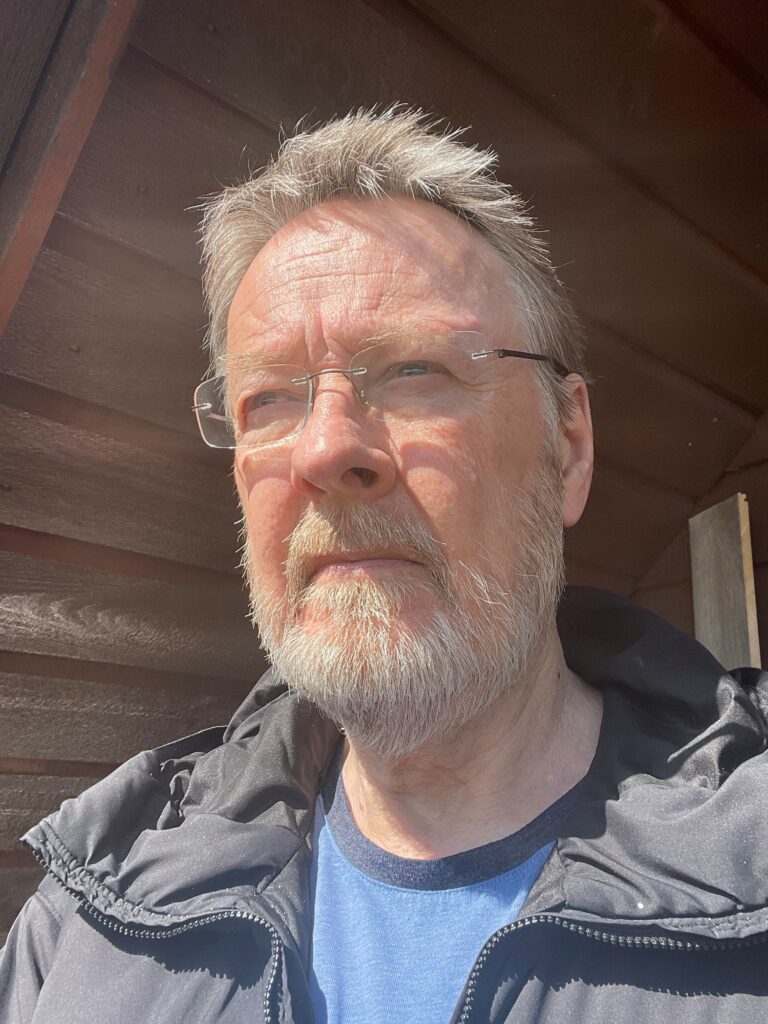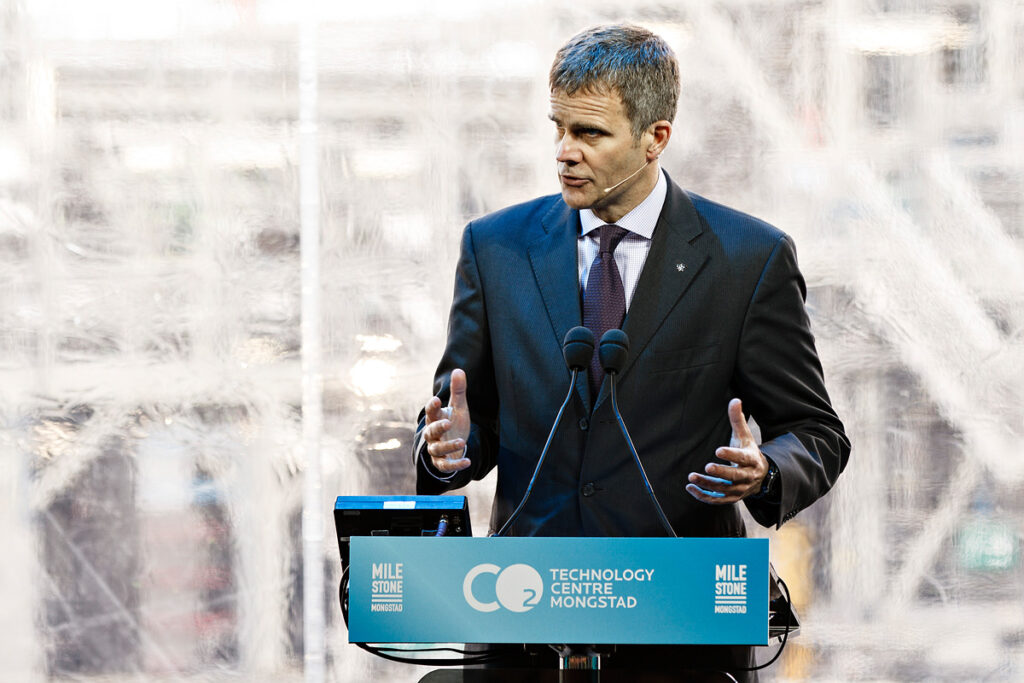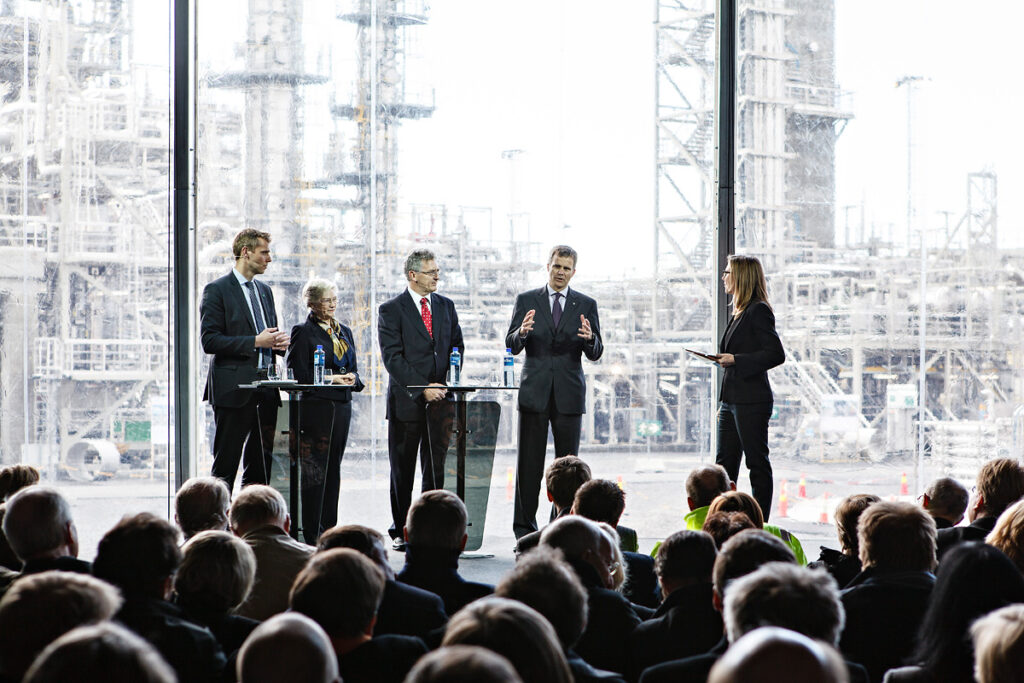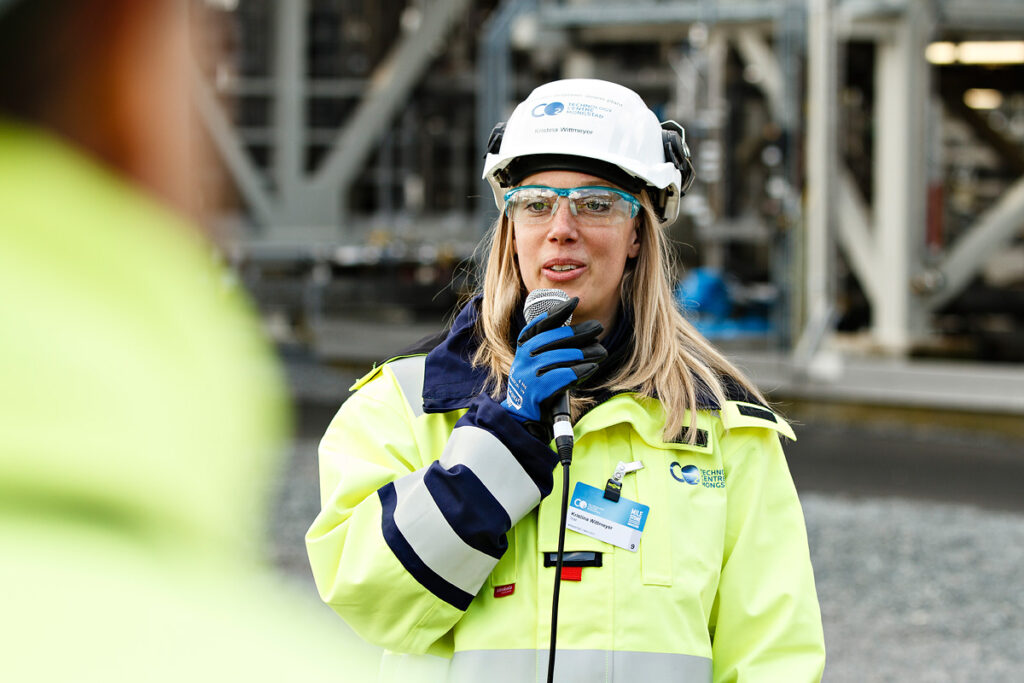10.05.2022
TCM has been the catalyst for collaboration on CCS
– The powerful, close, and fruitful collaboration between the owners of TCM has developed companies within carbon capture and storage more than we could have managed each for ourselves.
The collaboration on TCM has also been a catalyst for even more CCS collaboration among the owners, not least the important storage project Northern Lights.
This is what Stig Harald Soligard, Asset Manager at Equinor and member of the company meeting (board) of Technology Center Mongstad DA (TCM), says. Equinor has been a co-owner of TCM since the company was founded and has also had operational responsibility for the test center.
– We have worked with CCS since the early 1990s. But since the start-up of TCM in 2012, most of our knowledge in this field has come as a result of TCM’s activities. A lot of knowledge and lots of discussions has been brought back – to the understanding and development of the knowledge we now have in Equinor, he says.
Has had confidence in CCS
This has not come for free. – I would say that despite a lot of resistance and skepticism to CCS in the world, we who are behind TCM have maintained a confidence that it will sooner or later be realised. That is why we have all invested so much in the project. We are now seeing results in that a functional supplier market for technologies has been developed and is ready for commercial use. The efforts made by TCM’s organization and owners can thus benefit both Norway and the rest of the world.
In this context, Soligard says that it is obviously of great value that TCM has taken a leading role in terms of routines and control of emissions of amines and nitrosamines in the capture of CO2, based on Norway’s strict environmental legislation. – TCM has developed excellent knowledge in this important area and made it available to players and authorities in other countries. In addition, TCM has been very good at disseminating results and knowledge from the open test campaigns to both industry, research environments and the public.
With TCM, theory has become a reality
The partnership agreement between the owners describes five goals for TCM’s business, with the reduction of costs and risk of distributing CCS as the first. – TCM has undoubtedly contributed to significant risk reductions in both engineering, construction, and operation of capture facilities. Today we know the business – before TCM, we only knew the theory. Awareness and reduction of these risks can now be transferred to real projects and have a real significance for the establishment of full-scale capture facilities, Soligard emphasizes.
– Then we must be honest that in terms of costs we cannot be as happy. We can see a total cost reduction in the range of 20 – 30 percent for a traditional amine capture plant. This technology has an inherent weakness in terms of footprint and construction costs. However, TCM has shown that variations in solvents can affect operating costs, both in terms of solvent efficiency, degradation, electricity and steam consumption, and emissions to air. I would also like to point out that new technologies that are now being tested on the Site for Emerging Technologies have the potential to realize the construction of more compact facilities, and thus also a reduction in actual construction costs.

Stig Harald Soligard represents Equinor on the board of TCM. – Despite too much resistance and skepticism to CCS around the world, we who are behind TCM have maintained a confidence that it will sooner or later be realized, he says in this interview.
Objectives for distribution and knowledge sharing fulfilled
The goal of facilitating a broad international distribution of CCS technologies, Soligard believes has been met. – Development of this type of technology requires a broad collaboration between national actors, research environments, small companies, and large industrial actors with significant financial and human resources. All this has merged with TCM in an exemplary way. We have believed in the project, “climbed all the mountains”, and shared knowledge and results as much as possible. Technology developers from all over the world have come to Mongstad and, where it has been needed, TCM has contributed to the development of the commercialized technology.
For TCM, it is also a goal to contribute to the development of technology suppliers and subsequent competition. In this connection, Soligard emphasizes that many companies that have tested at Mongstad have not, on their own, had the financial ability to take the last step towards commercial qualification of their technologies and have been able to benefit from subsidies from TCM’s owners. In this way, TCM has been the world’s most important contributor to the independent development of CO2 capture suppliers and to competition in this market.
As a contributor to broad and relevant knowledge sharing about CCS, TCM has also passed the test. Stig Harald Soligard says that TCM has documented a large number of scientific productions and had an active presence in the right external arenas. He also points out that TCM has participated in several EU-funded projects with many partners, all of which have contributed to valuable learning.
Has contributed to important learning in the owner companies
The latest goal for TCM has been to support the owners to become informed buyers and users of CO2 capture technologies. – Both Equinor, Shell and TotalEnergies have extensive R&D expertise within CCS. But the direct knowledge of actual operational learning cannot be underestimated. I think all the owners fully recognize the importance of TCM in bringing our respective companies into a low carbon future. All the owners are now at the forefront of the full-scale ambitions we see becoming a reality, Soligard emphasizes.
Gassnova a competent and valuable partner
He emphasizes that the cooperation between the state and the industry over the years has been crucial for the development and the position the industrial owners has today. – No industrial player could take on the commercial challenges and risks of developing CCS alone. CCS is still not a broad commercial business, and close cooperation will therefore still be necessary. The long collaboration with the state has clearly educated both sides to see the challenges and benefits of working together. In this context, we recognize how Gassnova has developed into a very competent and valuable partner.
Can become an arena for the development of new technologies
In Equinor, it is believed that it in the future there will also be a need for the business TCM runs, under some conditions:
– TCM must be able to continuously restructure the business to serve changing requirements and needs in the market. For our part, we believe that traditional amine technology has matured, and that it is only possible to achieve marginal improvements. We are open to new technologies, but TCM may be too large and too expensive for the development of these. On the other hand, we will be able to assess whether TCM can be an arena for technology qualification for hydrogen, ammonia, biofuels and new low-carbon technologies. The possibilities are many, concludes Stig Harald Soligard in Equinor.




